Destinations & Weather
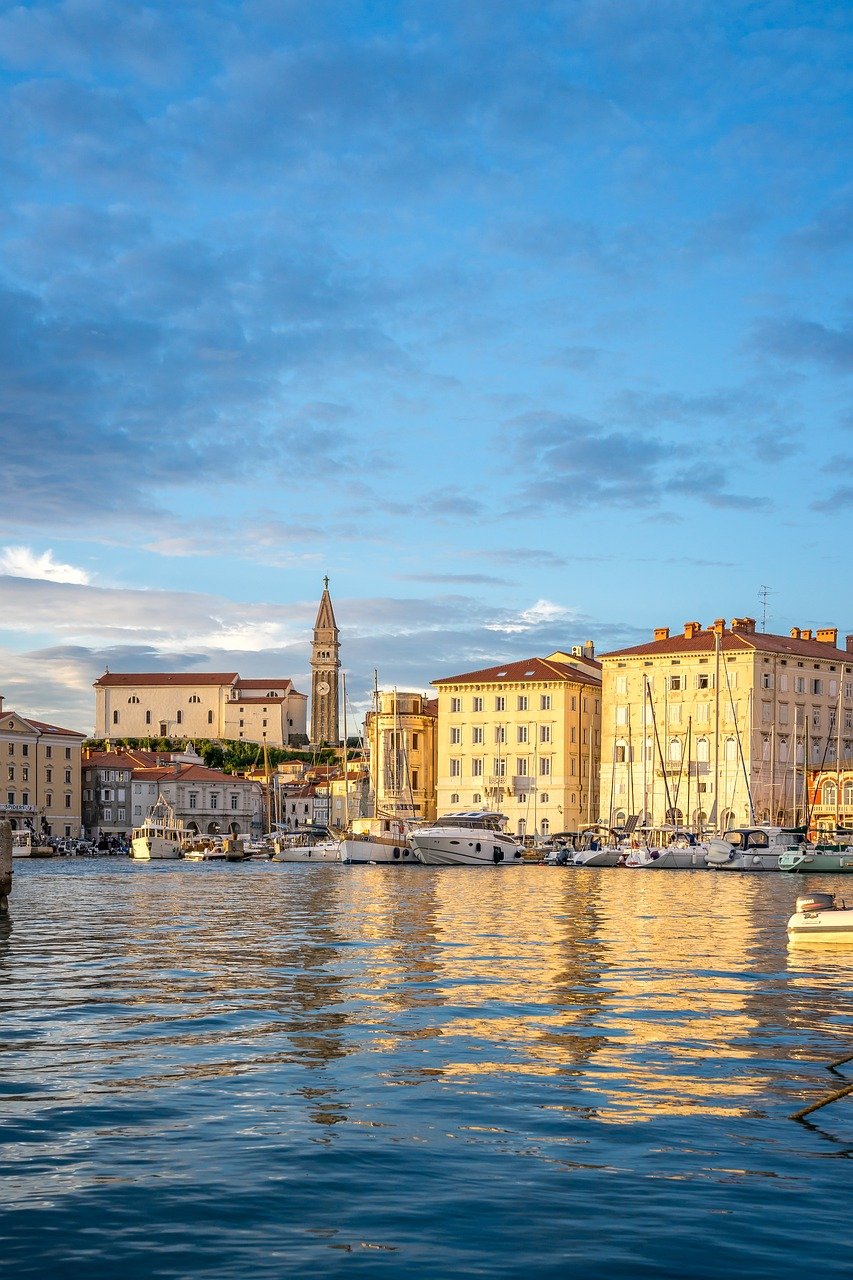
Istria
Kvarner enjoys a transitional Mediterranean climate with warm summers. Expect summer temperatures around 25°C to 30°C (77°F to 86°F).
- Poreč: A great starting point for exploring the northern Istrian coast. Enjoy sailing to nearby islands like Sveti Nikola and visit the Euphrasian Basilica.
- Rovinj: Known for its picturesque old town and beautiful anchorages. Sail around the nearby islands of Sveta Katarina and Veliki Brijun.
- Pula: Home to the famous Roman Amphitheatre, Pula offers excellent marinas and is a gateway to the Brijuni Archipelago for a day of exploration.
Kvarner
Climate: Kvarner enjoys a transitional Mediterranean climate with warm summers. Expect summer temperatures around 25°C to 30°C (77°F to 86°F).
- Opatija: Start your sailing adventure from this historic town and explore the Kvarner Gulf. The nearby islands of Cres and Lošinj offer beautiful bays and clear waters.
- Rijeka: A vibrant city with a rich maritime history. Perfect for exploring the nearby islands of Krk and Rab, and the serene waters of the Kornati National Park.
- Krk Island: Discover Krk’s charming towns and beautiful anchorages. Popular spots include Baška and the town of Krk itself.
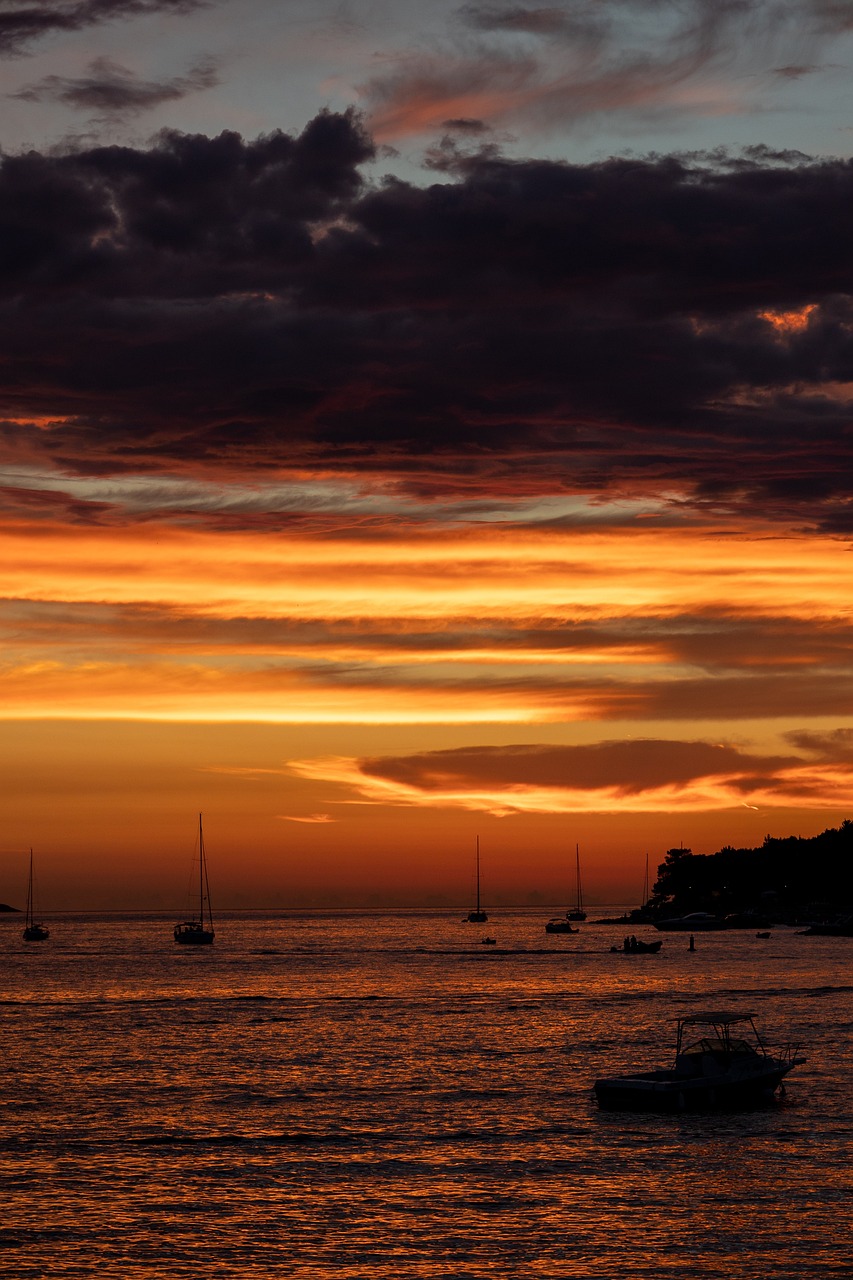
Kvarner
Climate: Kvarner enjoys a transitional Mediterranean climate with warm summers. Expect summer temperatures around 25°C to 30°C (77°F to 86°F).
- Opatija: Start your sailing adventure from this historic town and explore the Kvarner Gulf. The nearby islands of Cres and Lošinj offer beautiful bays and clear waters.
- Rijeka: A vibrant city with a rich maritime history. Perfect for exploring the nearby islands of Krk and Rab, and the serene waters of the Kornati National Park.
- Krk Island: Discover Krk’s charming towns and beautiful anchorages. Popular spots include Baška and the town of Krk itself.

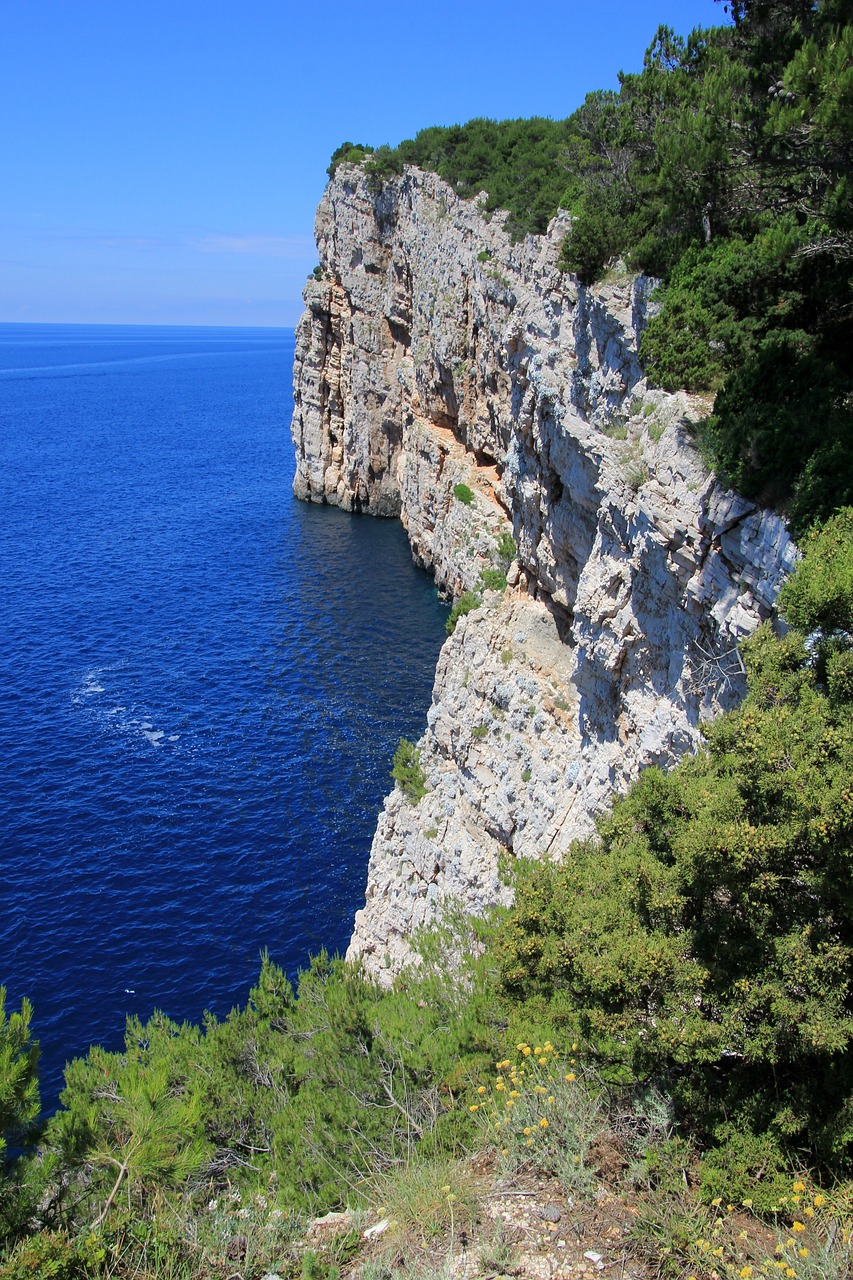
Northern Dalmatia
Northern Dalmatia features hot, sunny summers. Summer temperatures range from 25°C to 35°C (77°F to 95°F), with occasional thunderstorms in the late summer.
- Zadar: A prime location for exploring the northern Dalmatian coast. Sail to the nearby Kornati Islands or the beautiful beaches of Ugljan and Pašman.
- Šibenik: Visit the historic city and sail to the stunning Krka National Park waterfalls. The nearby islands of Prvić and Žirje offer peaceful retreats.
- Pag Island: Known for its unique landscape and beaches. Explore the coastline and enjoy the lively beach scene in Novalja.
Central Dalmatia
Central Dalmatia has a classic Mediterranean climate with hot summers. Expect summer temperatures between 25°C and 35°C (77°F to 95°F).
- Split: A major sailing hub with access to the Dalmatian islands. Visit Hvar, Brač, and Vis for stunning beaches, vibrant nightlife, and historical sites.
- Trogir: A UNESCO World Heritage site perfect for exploring by boat. The nearby islands of Čiovo and Drvenik offer beautiful anchorages and clear waters.
- Makarska Riviera: Enjoy the beautiful coastline and explore nearby islands like Hvar and Brač. The area is known for its stunning beaches and clear waters.
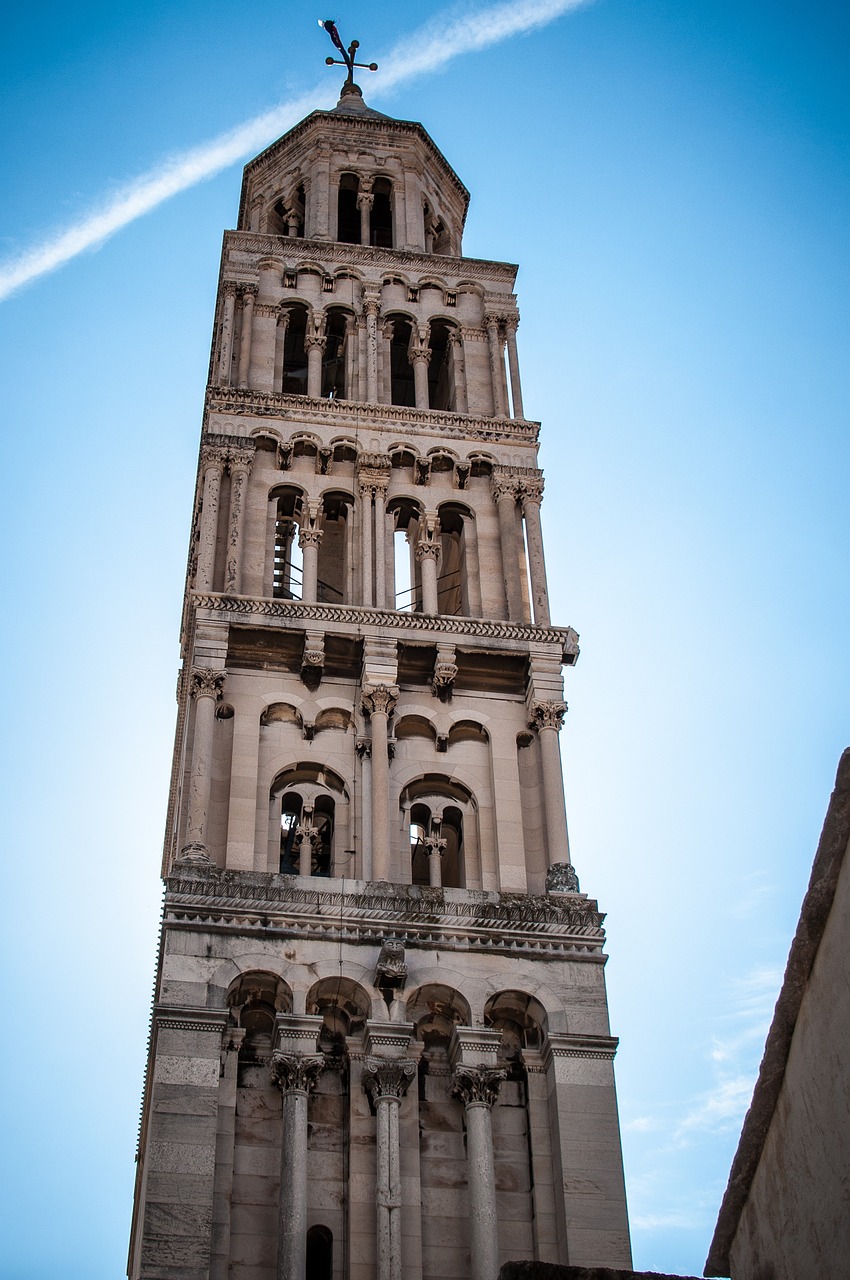
Central Dalmatia
Central Dalmatia has a classic Mediterranean climate with hot summers. Expect summer temperatures between 25°C and 35°C (77°F to 95°F).
- Split: A major sailing hub with access to the Dalmatian islands. Visit Hvar, Brač, and Vis for stunning beaches, vibrant nightlife, and historical sites.
- Trogir: A UNESCO World Heritage site perfect for exploring by boat. The nearby islands of Čiovo and Drvenik offer beautiful anchorages and clear waters.
- Makarska Riviera: Enjoy the beautiful coastline and explore nearby islands like Hvar and Brač. The area is known for its stunning beaches and clear waters.

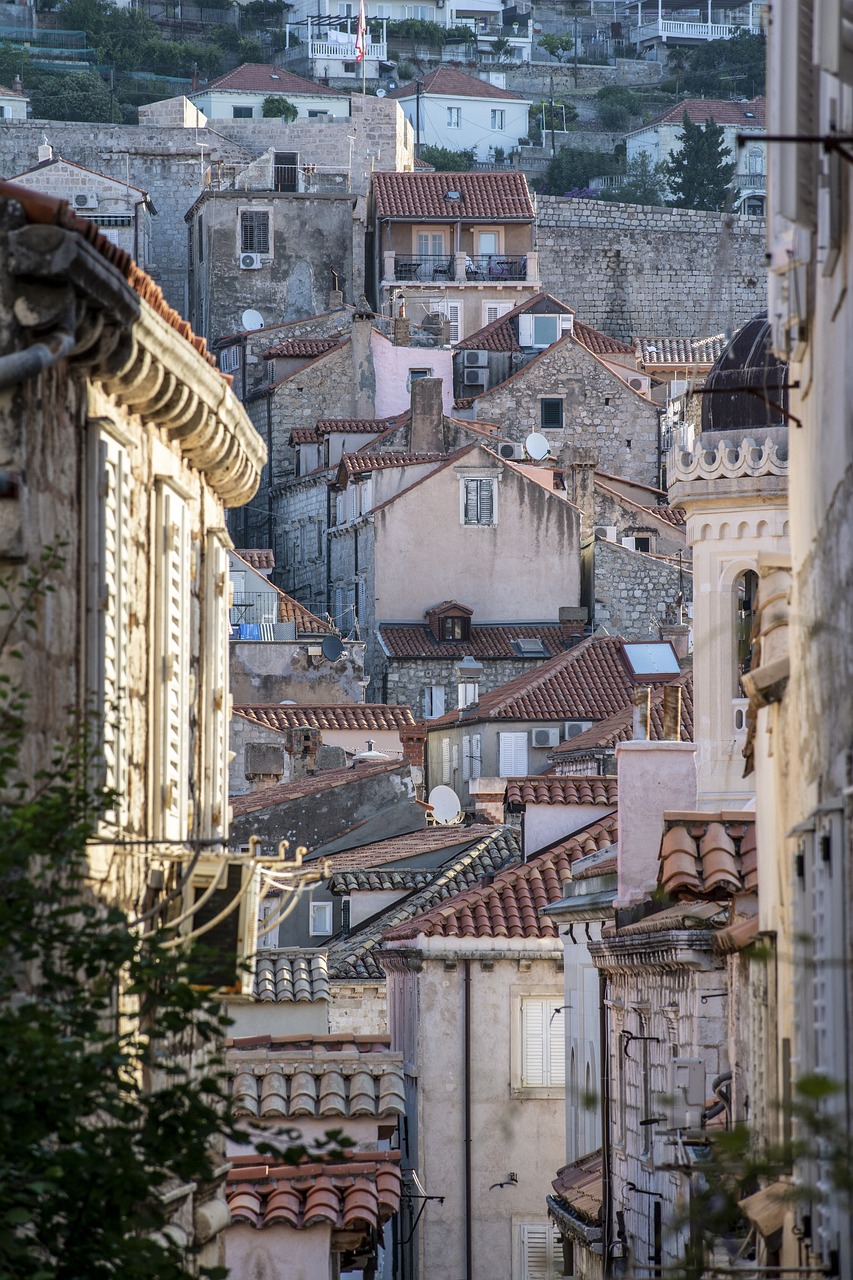
Southern Dalmatia (Dubrovnik Region)
Southern Dalmatia enjoys a Mediterranean climate with hot, sunny summers. Summer temperatures range from 30°C to 35°C (86°F to 95°F).
- Dubrovnik: Start your sailing adventure in this UNESCO World Heritage city. Explore the nearby Elaphiti Islands or sail to Korčula and Mljet for a serene getaway.
- Korčula Island: Known for its charming medieval town and beautiful beaches. A great destination for both relaxation and exploration.
- Mljet Island: A green oasis with stunning lakes and natural beauty. Perfect for a tranquil sailing experience and nature activities.
Climate and Weather on the Adriatic Sea
The Adriatic Sea experiences a typical Mediterranean climate, characterized by mild, rainy winters and hot, dry summers. Air temperatures vary across the region, with summer highs in July reaching up to 34°C in the northern areas and up to 38°C in the southern parts. Winter temperatures show a more drastic difference, with the northern Adriatic sometimes dropping to -16°C, while the southern regions usually maintain temperatures above 6°C.
Weather conditions across the Adriatic are influenced by broader Mediterranean patterns as well as local climate factors. Generally, light to moderate winds with occasional storms are common until June. July and August are marked by calmer periods, though storms can be more frequent. As autumn approaches, from September onward, the winds tend to strengthen again.
Winds on the Adriatic Sea
The Adriatic Sea is dominated by several key winds, particularly the bura (bora) and the jugo (scirocco), which are most prominent from September to May. During the summer, the prevailing wind is the maestral. Below is an overview of these winds, though a more detailed guide is available.
Bura (Bora)
The bura is a cold, dry wind that blows from the northeast, originating from the continent and moving towards the open sea. It brings clear, bright weather and can start suddenly, blowing in gusts. The bura is strongest in specific areas such as the Velebit Channel and the Gulf of Trieste. During the summer, it appears as a local wind, lasting only a few days, while in winter, it can persist for up to two weeks.
Jugo (Scirocco)
The jugo is a warm, humid wind from the southeast, often bringing heavy clouds and rain. Unlike the abrupt bura, the jugo develops more gradually, taking around 36-38 hours to fully establish. It affects the entire Adriatic, with more frequent occurrences in the southern regions during the summer. From March to June, it can also be felt in the northern Adriatic.
Maestral
The maestral is a local westerly wind, most common in summer, blowing from the sea. It typically begins mid-morning and peaks in strength during the early afternoon before calming down at sunset. The maestral is associated with good weather and is usually accompanied by scattered white clouds. While the bura and jugo provide challenges for sailors, the maestral offers a more enjoyable and predictable sailing experience.
Other Winds
Other notable winds in the Adriatic include the burin, a northeasterly wind that blows in the early morning during summer, and the tramontana, a type of northerly bura. The levante is an easterly variant of the bura, while the pulenat and lebić blow from the west and southwest, respectively. The nevera is a violent westerly wind that typically arrives with storms or squalls. In the summer, Adriatic storms are sudden and intense, but they are usually brief and often leave behind cooler, refreshing air. During periods of high atmospheric pressure, the region experiences a classic pattern of land breezes at night and sea breezes during the day.